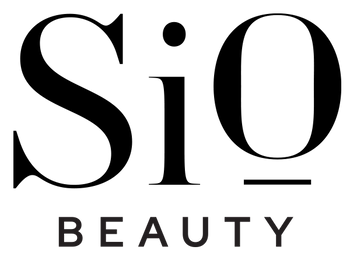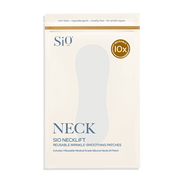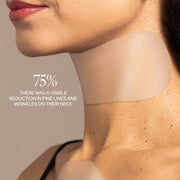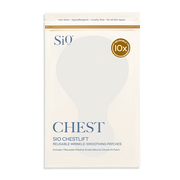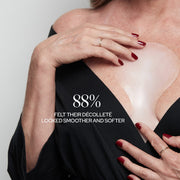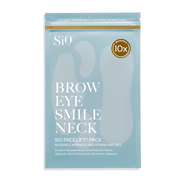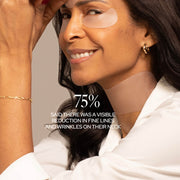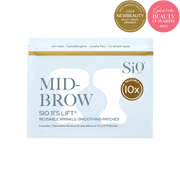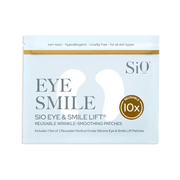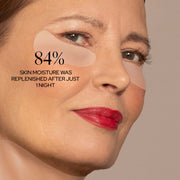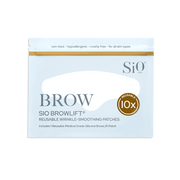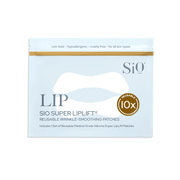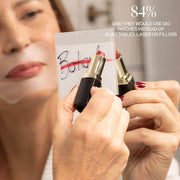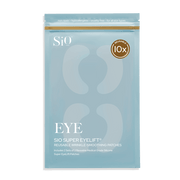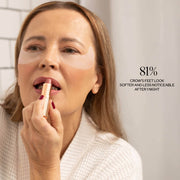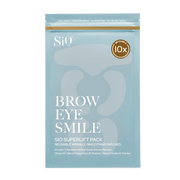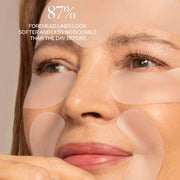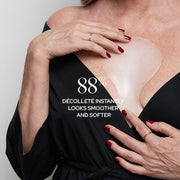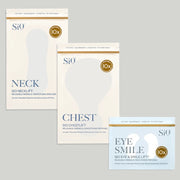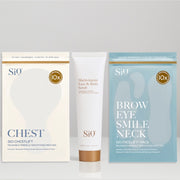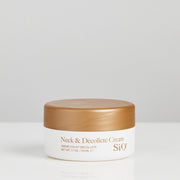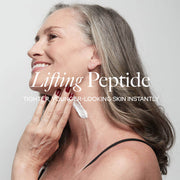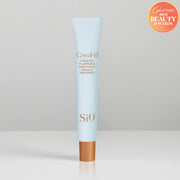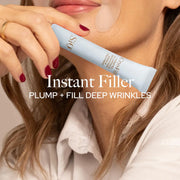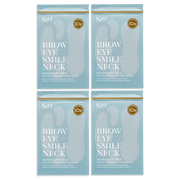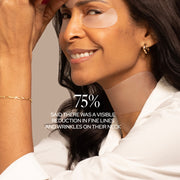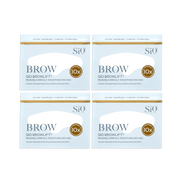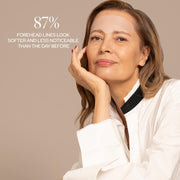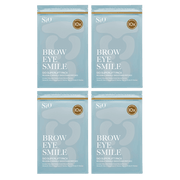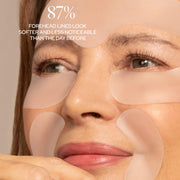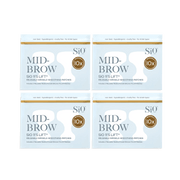Botox Alternatives: 8 Non-Invasive Ways to Smooth Wrinkles

Wrinkles not your thing, but Botox isn’t either? We hear you. Fortunately, it’s far from the only choice out there. The hard part is wading through the many lotions, potions, and miracle workers on the market that are touted as Botox backups. What’s real, and what’s too good to be true? We’ve rounded up eight expert-approved, science-backed alternatives to Botox below. And although there are plenty of other wrinkle-busting injectable options (other neurotoxins like Dysport, Xeomin, and Myobloc, as well as hyaluronic acid fillers) for the sake of this list, we’re focusing on the “notox” treatments that don’t involve so much as a single syringe. But first...
What to Know About Botox
Botox is a prescription medication made from a toxin called bacterium clostridium botulinum. It’s injected by a licensed medical professional into specific facial muscles, in order to partially paralyze them. By relaxing those muscles, it ultimately causes wrinkles in the area to soften or disappear. The most popular areas of injection are the forehead and around the eyes.
Downsides of Botox
Well, for starters, you’re injecting your body with a neurotoxin, which doesn’t sit well with everybody. Although it’s generally considered quite safe, there are some side effects, including a decrease in range of emotions, and more rarely, double vision, breathing issues, and rashes.
Beyond that, it’s also pretty pricey, and results only last about six months).
Botox Alternatives
Whether you’re on a budget, you’re allergic, or you simply prefer a less invasive, more natural alternative to Botox, we’ve got you covered:
Retinoids
You’ve probably heard of retinol, Retin-A, Differin, or another one of the many siblings in the retinoid family of vitamin A derivatives. Retinoids are far and away from the most extensively studied and proven wrinkle zapping ingredients on the market. They’re known to strengthen, firm, and tighten the skin while smoothing fine lines and wrinkles—and there’s no shortage of science to back them up. Retinol is one of the most common over-the-counter retinoids. Weaker than the prescription varieties, it takes a bit more time to show results, but it works just as effectively—and causes less irritation, too.
Facial Massage
Ditch the chemicals altogether, and go for something totally natural. If a massage is transformative for the rest of the body, why wouldn’t it be for the face? Research supports that massaging the facial muscles is a promising alternative to more mainstream anti-aging treatments. As a bonus, proponents say it may even stimulate the circulatory and lymphatic systems to promote immunity, too. Whether you pop into a celebrity fave facial spa or you opt for a DIY at-home session, you’re sure to see plumping, lifting, and toning of the face over time with regular facial muscle stimulation. As with any other skincare routine, the key is to stick with it.
Silicone Face Patches
If you love a good sheet mask, you’re in for a real treat. Meet its medical-grade, mess-free, and reusable cousin, the silicone face patch (check out the full range by SiO Beauty). With a wide variety of shapes and sizes to treat frown lines, crow’s feet, or all of the above, the face patch is highly convenient and simple, yet delivers serious results. Made from 100% medical grade silicone, these handy pads adhere to the skin, creating a microclimate that pulls moisture from the deepest layers of the skin, melting away creases and grooves at the surface for a smooth, hydrated complexion overnight (or any time your skin could use a little perk-up). Don’t take it from us; in clinical studies (Bioscreen 2017, CRL 2016), 85% of participants reported that they would choose this product over a medical procedure like injectables or lasers.

Microneedling
Look, when they’re this tiny, they hardly count as needles! Microneedling can be traced all the way back to 1995, although it’s making more headlines now than ever, likely thanks to social media influencers’ singing its skin-transforming praises. Microneedling involves puncturing the skin with teeny-tiny pinpricks using a tool called a dermaroller, which is composed of needles measuring between 0.5 and 2.5 millimeters in diameter (read: minuscule). The process is a little bloody, if we’re being honest, and you may experience some discomfort afterwards—but it’s a small price to pay for the results. In fact, one study reported a 400% boost in collagen and elastin after six months following a series of four microneedling sessions.
Chemical Peels
Chemical exfoliators like alpha-hydroxy acids work well to keep wrinkles at bay, and you can readily find them in night creams and serums at the beauty or drugstore. But as they say, go big or go home; for more substantive results, you’re better off visiting the dermatologist’s office to reap the benefits of a high-strength professional peel, which uses the same AHAs as the medicine cabinet versions (usually glycolic acid) but in supercharged, prescription-level concentrations. A licensed professional can adjust the strength and target specific areas of application for a customized experience that’s hard to recreate at home. Research has demonstrated impressive results, particularly when it comes to fine lines. And as a bonus, it can also treat dark spots and acne. Expect a day or two of recovery time, though, and know that you may need a repeat down the line.
Laser Resurfacing
Like chemical peels, laser resurfacing is an in-office treatment that works by deeply exfoliating, removing the outer layers of skin and jumpstarting the skin’s healing mechanism for a renewed complexion. Granted, it’s not an in-and-out, back-to-work kind of procedure. For most laser resurfacing options, be it CO2, Erbium, or otherwise, you can expect to encounter significant redness and peeling, requiring as many as seven to ten days of downtime. That said, it’s highly efficient and relatively long-lasting, especially when treating shallower lines (loose skin and deep wrinkles may require a do-over or two).
Frotox
Instead of injecting those wrinkles away, how about freezing them out? Deemed safe and effective by the experts, a professional “Frotox” cryo-facial procedure involves using liquid nitrogen to shock the nerves that control muscle contractions in the face, ultimately relaxing those muscles, and thawing wrinkles while they’re at it. Although results may last you a few months, cryo-facials do tend to cost a pretty penny. If it’s not in the cards for you, you can DIY a more cost-effective cryofacial with ice cubes, frozen tea bags, an ice roller, or a more sophisticated treatment like the SiO Cryo System, a handheld cryo device that uses magnetic energy to help infuse its partner product: a powerful cooling diamagnetic energy serum to chill those fine lines and wrinkles way, way out. Finish off the Cryo System with our SiO Cryo Fill to freeze time and reduce the appearance of expression lines to reveal smoother, healthier-looking skin.

Acupuncture
Okay, this one’s not so much for the needle-averse, either—but hear us out. It’s all-natural and has the clout of literally thousands of years behind it as an ancient form of Chinese medicine. Known for a wide variety of healing benefits, acupuncture has recently become a buzzworthy anti-aging solution, too, with preliminary studies citing such benefits as improved elasticity and boosted hydration in the skin. Of course, you’ll want to go to a licensed acupuncturist who specializes in facial work, and as with almost anything, you’ll have to put in some time to see a difference.
What It All Means
Blame the “selfie” phenomenon all you want, but the fact of the matter is that Botox use is at an all-time high, securing a spot as the number one minimally-invasive cosmetic treatment in the United States. But that doesn’t mean that everyone has caved into the pressure. Botox is not for everybody, as indicated by the vast number of viable wrinkle-fighting competitors out there. Science has proven time and again that the best skin aging solution is a well-rounded regimen that includes regular at-home use of antioxidants, exfoliants, and retinoids along with the occasional more intensive procedure, like microneedling, chemical peels, or laser resurfacing. Whichever route you choose, know that you’re well on your way to a glowing, youthful complexion—with Botox or without.
